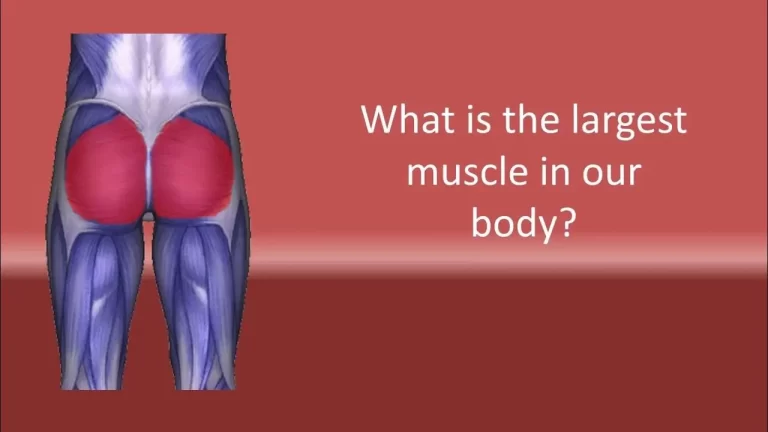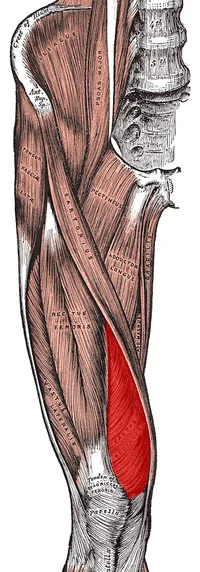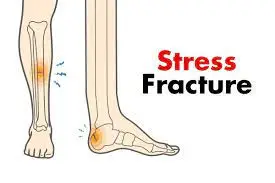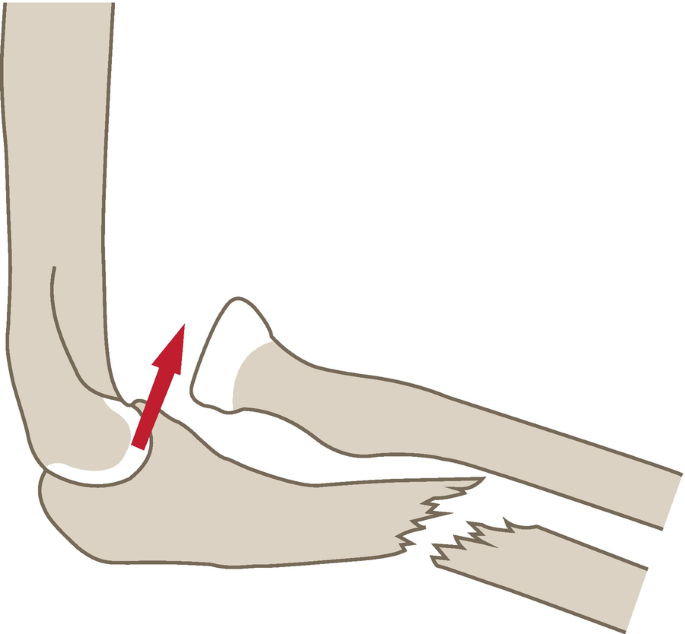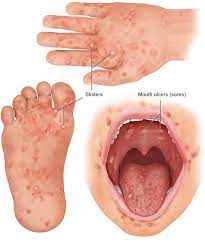VMO Activation Exercises
What is a VMO Activation Exercise? The vastus medialis obliquus (VMO) is a muscle located on the inner side of the thigh, part of the quadriceps muscle group. It plays a crucial role in stabilizing the knee joint and controlling the tracking of the patella (kneecap). Proper activation of the VMO is essential for knee…


